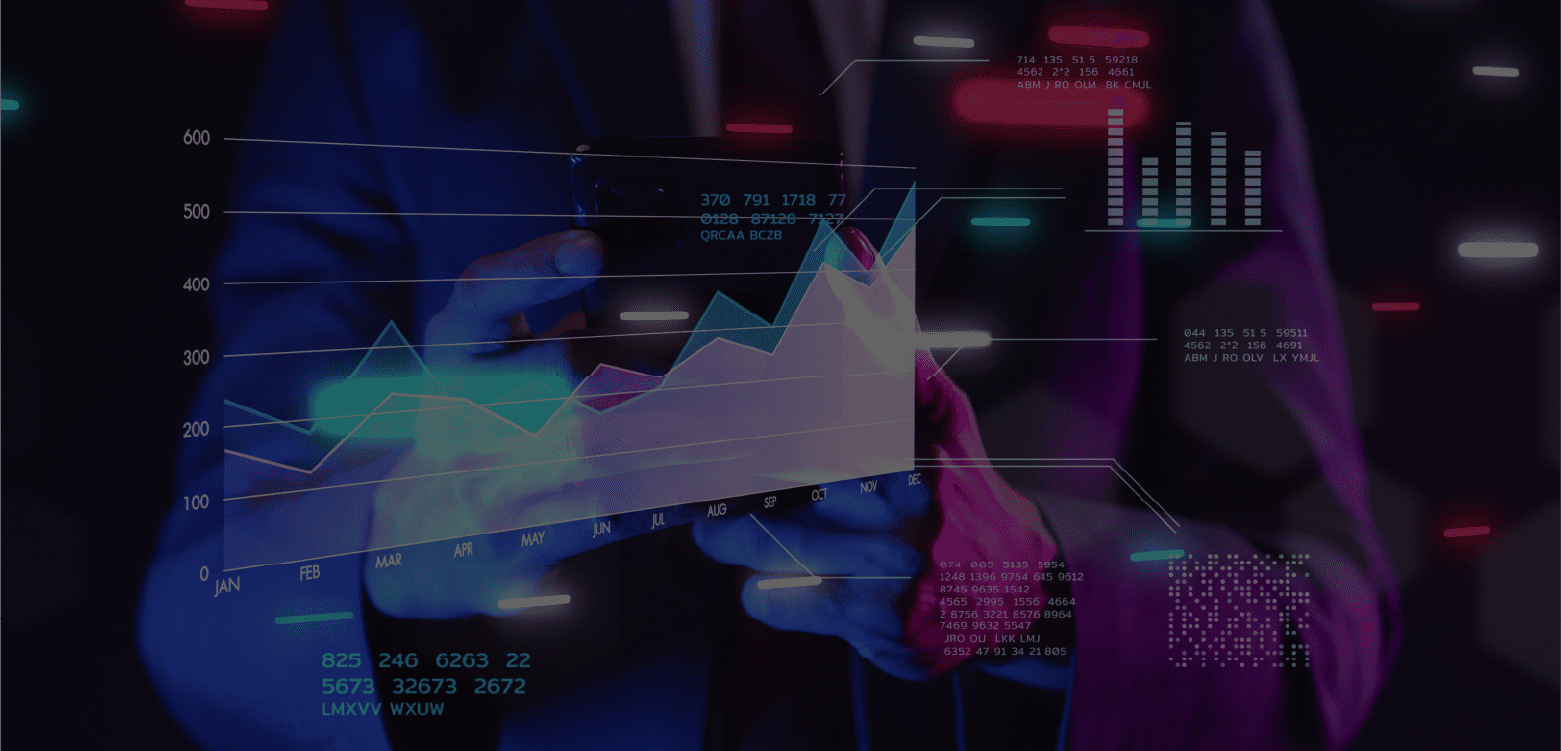
Tailoring Forecasting Approaches to Each Stage of the Pharmaceutical Lifecycle
From market assessment in the early stages to adapting forecasts based on specific product and market dynamics closer to launch,
Pharmaceutical forecasting insights written by experts in the industry.

From market assessment in the early stages to adapting forecasts based on specific product and market dynamics closer to launch,

Launching a pharmaceutical product demands collaboration across global, regional, and country teams. Balancing stakeholder input and aligning strategies from early

In the pharmaceutical world, forecasting plays a crucial role in shaping strategy and ensuring market success. For decades J+D have

Discover AI’s impact on pharmaceutical forecasting, from early disease detection to personalized treatment strategies in our upcoming webinar.

Join us for an insightful webinar where we dive into best practice steps designed to advance your forecasting knowledge and

Discover AI’s impact on pharmaceutical forecasting, from early disease detection to personalized treatment strategies in our upcoming webinar.

Epidemiology data plays an essential role in market estimation and forecasting within pharmaceutical and biotech organizations. Understanding disease prevalence helps

Here, we discuss the concept of patient flow forecasting, its methodology, common statistical models and methods, and how dedicated software

With the pharmaceutical industry becoming increasingly digital, what processes are needed to enhance collaboration, communication, and to unlock the value

J+D Forecasting will be joining The Pharmaceutical Management Science Association (PMSA) in Barcelona on 19th – 21st September for the

“Digital transformation in pharma has become a critical imperative to address industry challenges and unlock opportunities for enriched patient care,

By including the wider competitive set in the forecasting process, pharmaceutical companies can observe and visualize trends and patterns more